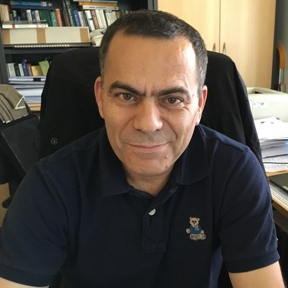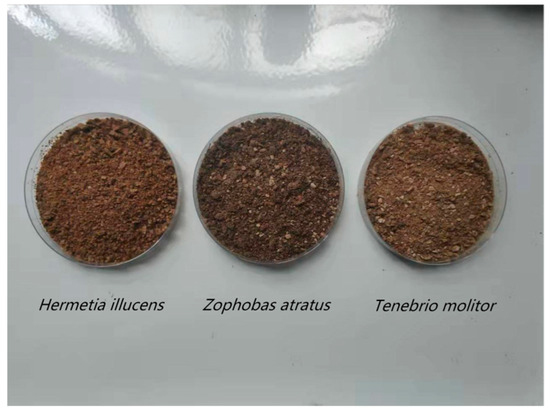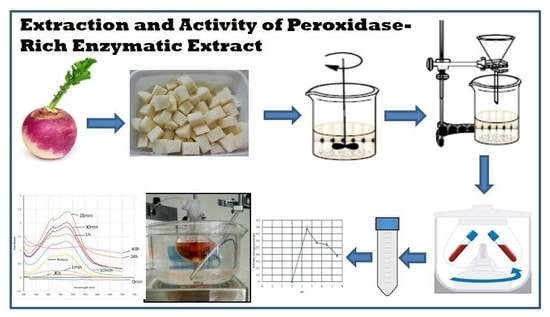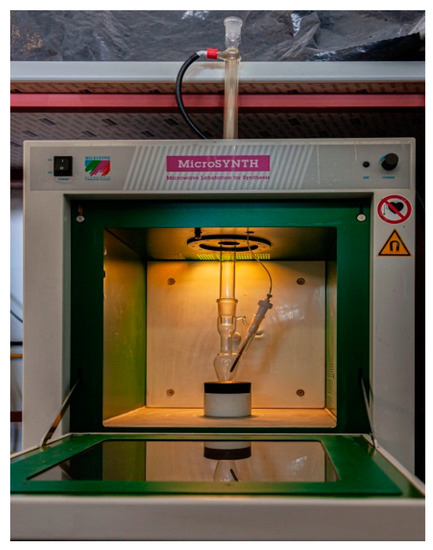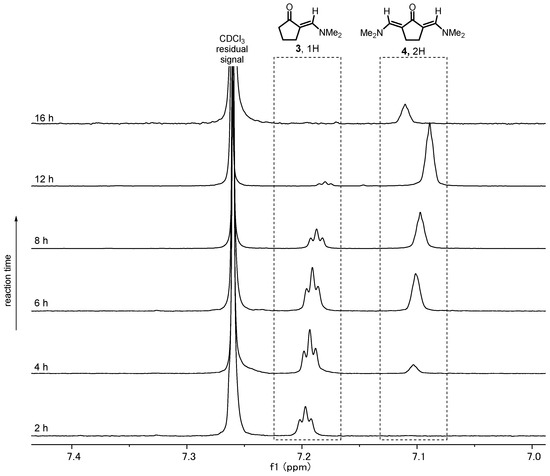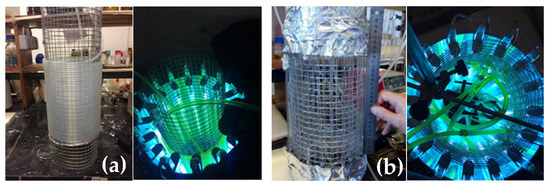Green Chemistry
A topical collection in Methods and Protocols (ISSN 2409-9279).
Viewed by 17717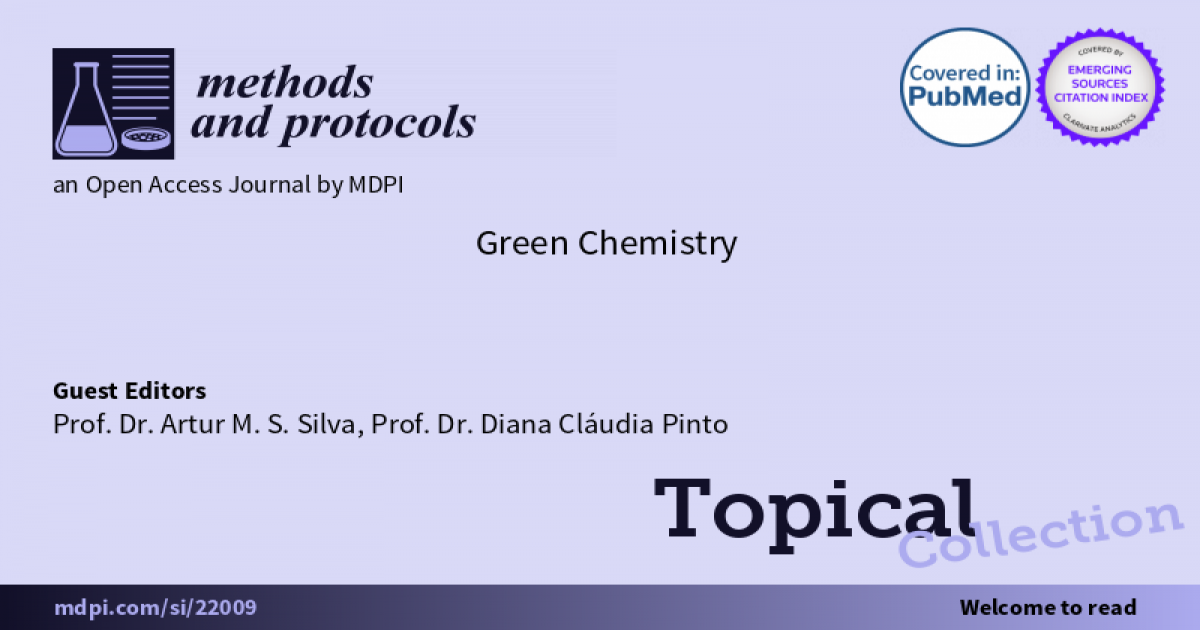
Editors
Interests: organic chemistry; green synthetic organic chemistry; synthesis of heterocyclic compounds; natural products; NMR techniques; synthesis of new compounds with biocidal and antioxidant activities
Special Issues, Collections and Topics in MDPI journals
Interests: organic chemistry; medicinal chemistry; biotransformations; natural products; plant chemical profile; sustainable chemistry
Special Issues, Collections and Topics in MDPI journals
Topical Collection Information
Dear Colleagues,
Green Chemistry has attracted the interest of the scientific community, mainly due to its environmental effect. The development of efficient synthetic methodologies is no longer just related with good yields, but is more and more related with greener procedures. In this regard, the use of efficient catalysts and/or water as a medium has been implemented in recent years. Biotransformations, where enzymes are used, can be highlighted, but recent energy sources, such as ohmic heating, are also important examples. However, green methodologies are not just confined to these examples; their principles are vast and all important.
This Collection of Methods and Protocols aims to compile both original articles and reviews, covering the most recent advances on Green Chemistry.
As the Collection Editors of this Collection of Methods and Protocols, we invite you to provide original research contributions, as well as review articles, related to the most recent developments and/or achievemets in green chemistry.
We look forward to receiving your contributions to this Collection.
Prof. Dr. Artur M. S. Silva
Dr. Diana C. G. A. Pinto
Collection Editors
Manuscript Submission Information
Manuscripts should be submitted online at www.mdpi.com by registering and logging in to this website. Once you are registered, click here to go to the submission form. Manuscripts can be submitted until the deadline. All submissions that pass pre-check are peer-reviewed. Accepted papers will be published continuously in the journal (as soon as accepted) and will be listed together on the collection website. Research articles, review articles as well as short communications are invited. For planned papers, a title and short abstract (about 100 words) can be sent to the Editorial Office for announcement on this website.
Submitted manuscripts should not have been published previously, nor be under consideration for publication elsewhere (except conference proceedings papers). All manuscripts are thoroughly refereed through a single-blind peer-review process. A guide for authors and other relevant information for submission of manuscripts is available on the Instructions for Authors page. Methods and Protocols is an international peer-reviewed open access semimonthly journal published by MDPI.
Please visit the Instructions for Authors page before submitting a manuscript. The Article Processing Charge (APC) for publication in this open access journal is 1800 CHF (Swiss Francs). Submitted papers should be well formatted and use good English. Authors may use MDPI's English editing service prior to publication or during author revisions.
Keywords
- Sustainable chemistry
- Biotransformations
- Microwave-assisted organic synthesis
- Ohmic heating-assisted organic synthesis
- Organocatalysis
- Chemistry with economic and environmental benefits
- Solvent-free extractions
- Solvent-free chemical transformations





